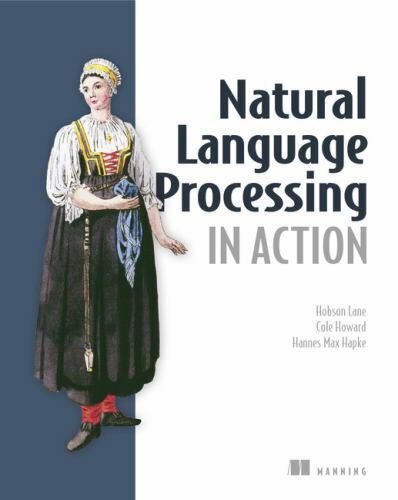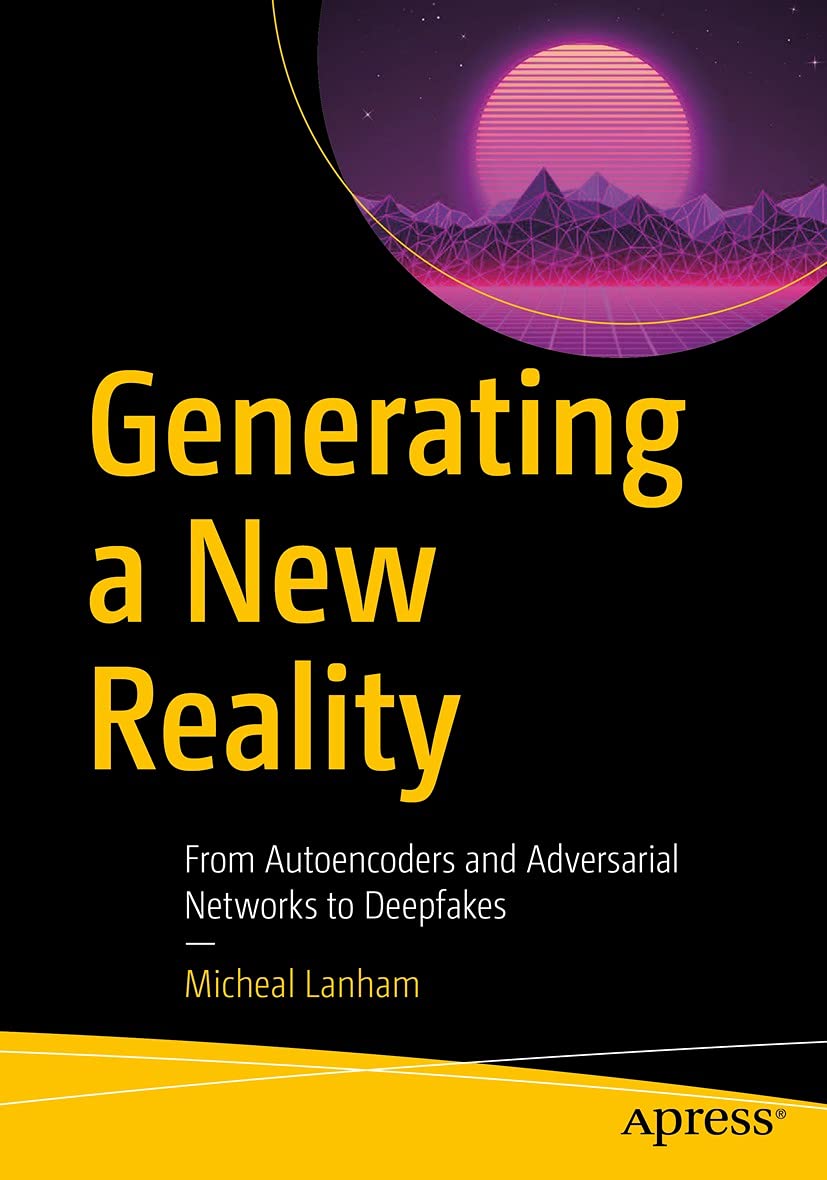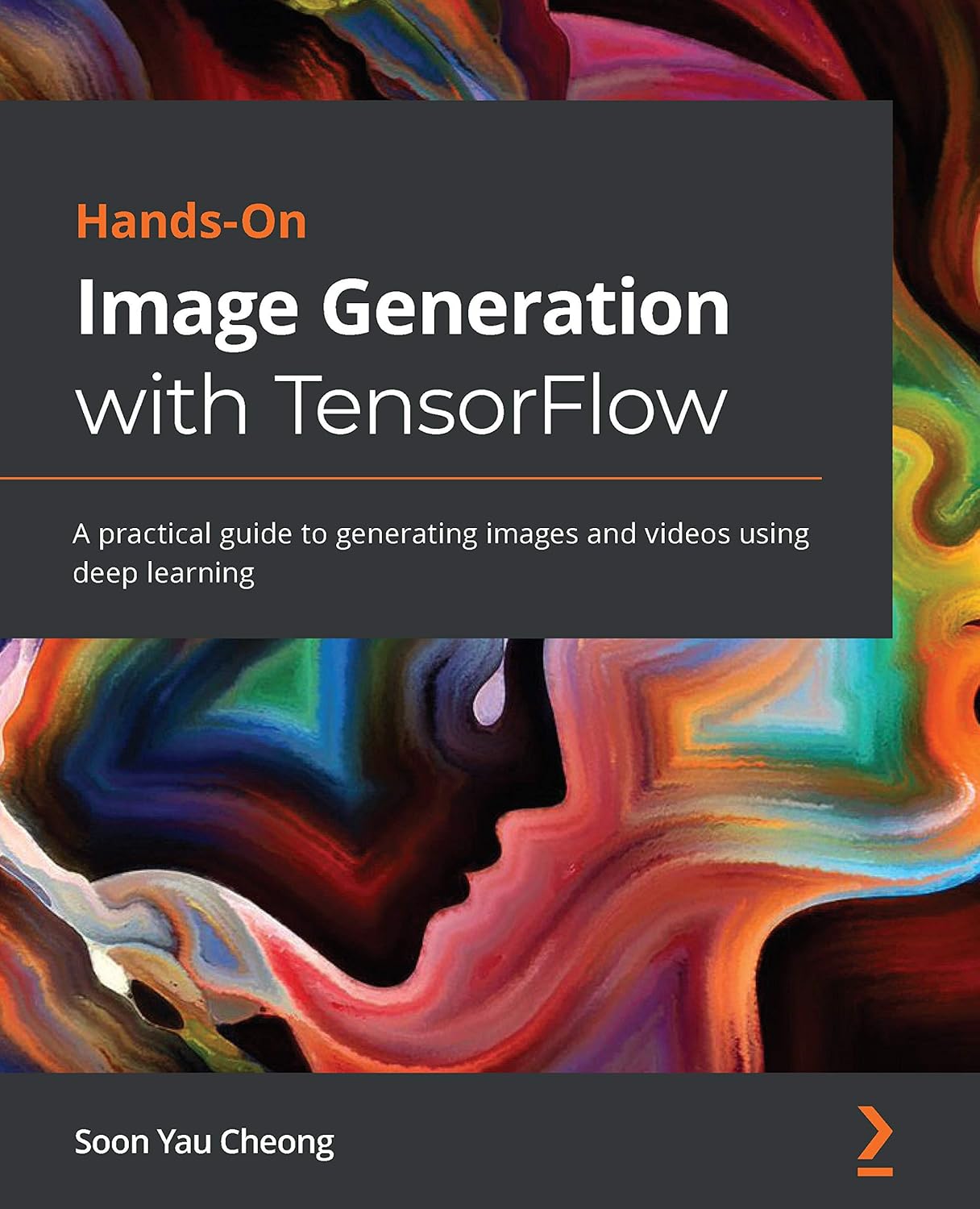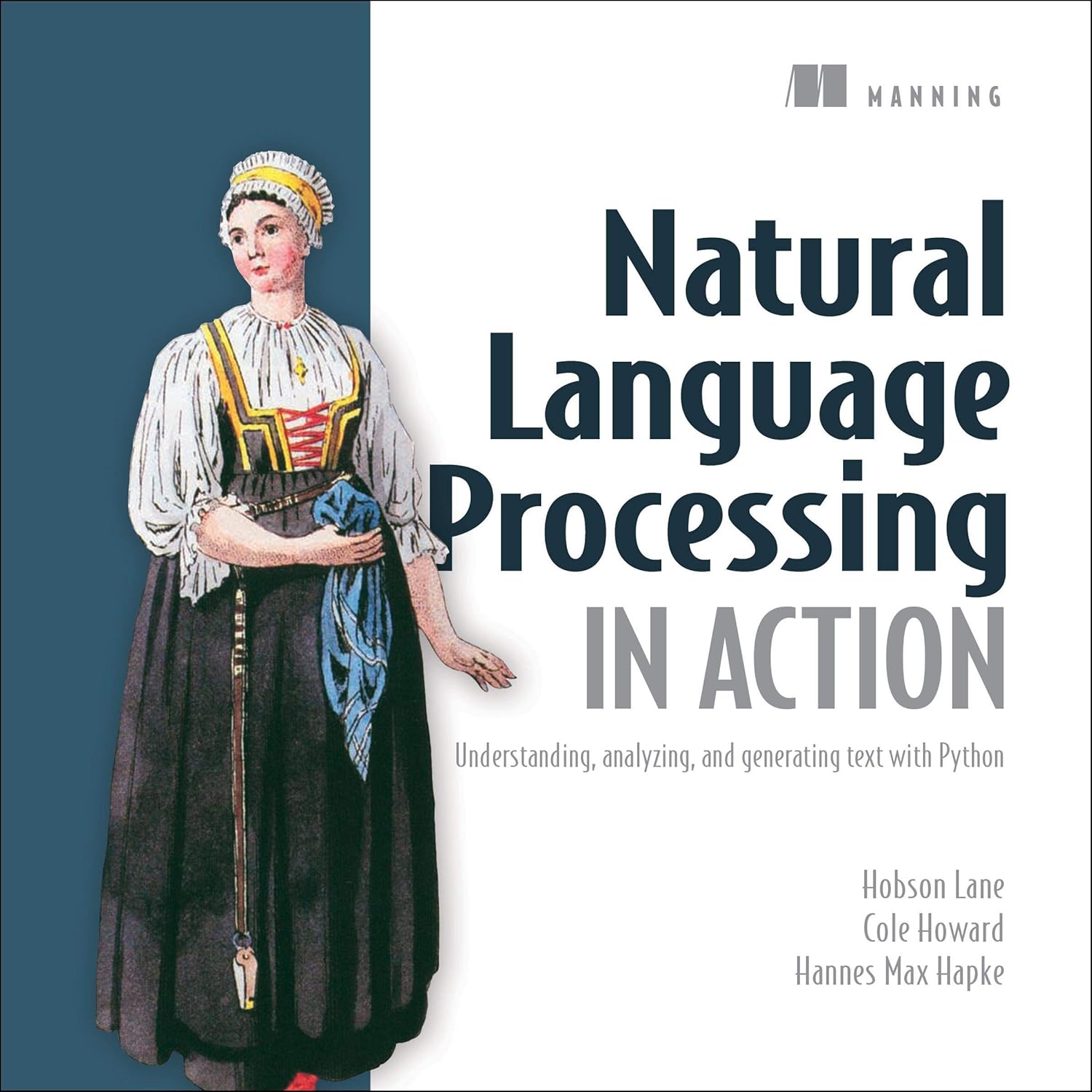Your cart is currently empty!
Tag: Generating
China’s ‘artificial sun’ shatters nuclear fusion record by generating steady loop of plasma for 1,000 seconds
China‘s “artificial sun” reactor has broken its own world record for maintaining super-hot plasma, marking another milestone in the long road towards near-limitless clean energy.
The Experimental Advanced Superconducting Tokamak (EAST) nuclear fusion reactor maintained a steady, highly confined loop of plasma — the high-energy fourth state of matter — for 1,066 seconds on Monday (Jan. 20), which more than doubled its previous best of 403 seconds, Chinese state media reported.
Nuclear fusion reactors are nicknamed “artificial suns” because they generate energy in a similar way to the sun — by fusing two light atoms into a single heavy atom via heat and pressure. The sun has a lot more pressure than Earth’s reactors, so scientists compensate by using temperatures that are many times hotter than the sun.
Nuclear fusion offers the potential of a near-unlimited power source without greenhouse gas emissions or much nuclear waste. However, scientists have been working on this technology for more than 70 years, and it’s likely not progressing fast enough to be a practical solution to the climate crisis. Researchers expect us to have fusion power within decades, but it could take much longer.
EAST’s new record won’t immediately usher in what is dubbed the “Holy Grail” of clean power, but it is a step towards a possible future where fusion power plants generate electricity.
East is a magnetic confinement reactor, or tokamak, designed to keep the plasma continuously burning for prolonged periods. Reactors like this have never achieved ignition, which is the point at which nuclear fusion creates its own energy and sustains its own reaction, but the new record is a step towards maintaining prolonged, confined plasma loops that future reactors will need to generate electricity.
“A fusion device must achieve stable operation at high efficiency for thousands of seconds to enable the self-sustaining circulation of plasma, which is critical for the continuous power generation of future fusion plants,” Song Yuntao, director of the Institute of Plasma Physics responsible for the fusion project at the Chinese Academy of Sciences, told Chinese state media.
Get the world’s most fascinating discoveries delivered straight to your inbox.
EAST is one of several nuclear fusion reactors worldwide, but they all currently use far more energy than they produce. In 2022, the U.S. National Ignition Facility‘s fusion reactor briefly achieved ignition in its core using a different experimental method to EAST, relying on quick bursts of energy, but the reactor as a whole still used more energy than it consumed.
Tokamaks like EAST are the most common nuclear fusion reactors. EAST heats up plasma and traps it inside a donut-shaped reactor chamber — called the tokamak — with powerful magnetic fields. For the latest record, researchers made several upgrades to the reactor, including doubling the power of its heating system, according to Chinese state media.
The data gathered by EAST will support the development of other reactors, both in China and internationally. China is part of the International Thermonuclear Experimental Reactor (ITER) program, which involves dozens of countries, including the U.S., U.K. Japan, South Korea and Russia.
The ITER reactor, which is being built in southern France, contains the world’s most powerful magnet and will fire up in 2039 at the earliest. ITER will be an experimental tool designed to create sustained fusion for research purposes, but could pave the way for fusion power plants.
“We hope to expand international collaboration via EAST and bring fusion energy into practical use for humanity,” Song said.
China’s ‘artificial sun’ has recently achieved a groundbreaking milestone in nuclear fusion technology by generating a steady loop of plasma for an impressive 1,000 seconds. This remarkable achievement shatters previous records and marks a major step forward in the quest for clean and limitless energy.The Experimental Advanced Superconducting Tokamak (EAST), also known as the “artificial sun,” is a fusion reactor located in Hefei, China. It uses a powerful magnetic field to confine and control superheated plasma, replicating the same process that powers the sun.
By maintaining a stable plasma loop for 1,000 seconds, scientists at EAST have demonstrated the potential for sustained nuclear fusion reactions, which could eventually lead to a reliable and efficient source of clean energy. This achievement brings us one step closer to unlocking the immense power of nuclear fusion and addressing the world’s growing energy needs while reducing our reliance on fossil fuels.
The success of China’s ‘artificial sun’ is not only a testament to the dedication and expertise of the scientists and engineers involved, but also a promising sign for the future of fusion energy. With continued research and development, nuclear fusion could revolutionize the way we produce electricity and help combat climate change.
As we celebrate this remarkable milestone, let’s look forward to more advancements in fusion technology and the potential for a brighter, cleaner, and more sustainable future powered by the sun’s own energy.
Tags:
China, artificial sun, nuclear fusion, plasma, record-breaking, energy, technology, sustainable, scientific breakthrough, research, renewable energy, innovation
#Chinas #artificial #sun #shatters #nuclear #fusion #record #generating #steady #loop #plasma #seconds
Natural Language Processing in Action: Understanding, analyzing, and generating

Natural Language Processing in Action: Understanding, analyzing, and generating
Price : 21.82
Ends on : N/A
View on eBay
Natural Language Processing (NLP) is a fascinating field that allows machines to understand, analyze, and generate human language. With the help of NLP, computers can interact with humans in a more natural way, enabling a wide range of applications such as chatbots, sentiment analysis, language translation, and more.One of the key aspects of NLP is understanding human language. This involves tasks such as part-of-speech tagging, named entity recognition, and parsing, which help machines identify the structure and meaning of sentences. By analyzing the words and grammar of a text, NLP algorithms can extract valuable information and insights from vast amounts of textual data.
Another important application of NLP is analyzing text to extract meaningful information. Sentiment analysis, for example, allows machines to determine the sentiment or emotion expressed in a piece of text, which can be useful for understanding customer feedback, social media trends, and more. Text classification is another common task in NLP, where machines are trained to categorize text into different classes based on their content.
NLP also enables machines to generate human-like text, which can be used for various purposes such as content generation, language translation, and chatbot responses. By training models on large corpora of text, machines can learn to generate coherent and contextually relevant text that mimics human language.
Overall, Natural Language Processing is a powerful tool that can revolutionize the way we interact with computers and process textual data. By understanding, analyzing, and generating human language, NLP opens up a world of possibilities for applications in fields such as healthcare, finance, marketing, and beyond. The future of NLP is bright, and we can expect to see even more innovative applications and advancements in the years to come.
#Natural #Language #Processing #Action #Understanding #analyzing #generating
Natural Language Processing in Action: Understanding, analyzing, and generating

Natural Language Processing in Action: Understanding, analyzing, and generating
Price : 20.83
Ends on : N/A
View on eBay
Natural Language Processing (NLP) is a field of artificial intelligence that focuses on the interaction between computers and humans through natural language. It involves understanding, analyzing, and generating human language in a way that is both meaningful and useful.In recent years, NLP has made significant advancements in various applications such as chatbots, sentiment analysis, machine translation, and text summarization. These advancements have allowed for more efficient and accurate processing of human language, leading to improved communication and interaction between machines and humans.
One example of NLP in action is the use of chatbots in customer service. These chatbots are programmed to understand and respond to customer inquiries in a natural and conversational manner. By analyzing the text input from the customer, the chatbot can provide relevant information or assistance, ultimately improving the customer experience.
Another example is sentiment analysis, which involves analyzing text data to determine the sentiment or emotion behind it. This can be used in social media monitoring, market research, and customer feedback analysis to understand how people feel about certain topics or products.
Machine translation is another application of NLP that has made significant progress in recent years. With the advancements in deep learning and neural networks, machine translation systems are now able to accurately translate text between different languages, allowing for seamless communication across language barriers.
Overall, NLP is a powerful tool that has the potential to revolutionize the way we interact with technology and each other. By understanding, analyzing, and generating human language, NLP is helping to bridge the gap between humans and machines, making communication more efficient and effective.
#Natural #Language #Processing #Action #Understanding #analyzing #generating
Generating a New Reality: From Autoencoders and Adversarial Networks to Deepfakes
Price: $5.99
(as of Dec 24,2024 22:44:33 UTC – Details)
ASIN : B099MW4GQB
Publisher : Apress (July 15, 2021)
Publication date : July 15, 2021
Language : English
File size : 22476 KB
Text-to-Speech : Enabled
Screen Reader : Supported
Enhanced typesetting : Enabled
X-Ray : Not Enabled
Word Wise : Not Enabled
Print length : 433 pages
In today’s digital age, the lines between reality and fiction are becoming increasingly blurred. With the advent of advanced technologies such as autoencoders and adversarial networks, it is now possible to create highly realistic fake videos and images known as deepfakes.Autoencoders are a type of artificial neural network that can learn to encode and decode data efficiently. By training an autoencoder on a set of images or videos, it can generate new, realistic-looking content that is indistinguishable from the original data.
Adversarial networks, on the other hand, consist of two competing neural networks – a generator and a discriminator. The generator creates fake content, while the discriminator tries to distinguish between real and fake data. Through this iterative process, both networks improve their performance, resulting in highly convincing deepfakes.
While the technology behind deepfakes is impressive, it also raises serious ethical concerns. Deepfakes have the potential to spread misinformation, manipulate public opinion, and even be used for malicious purposes such as creating fake celebrity pornographic videos.
As we navigate this new era of digital deception, it is crucial to develop robust detection methods and educate the public about the dangers of deepfakes. By staying informed and vigilant, we can help prevent the spread of fake news and protect the integrity of our increasingly digitized world.
#Generating #Reality #Autoencoders #Adversarial #Networks #Deepfakes
Hands-On Image Generation with TensorFlow: A practical guide to generating images and videos using deep learning
Price: $18.49
(as of Dec 24,2024 11:39:25 UTC – Details)
ASIN : B08LVL4FPN
Publisher : Packt Publishing; 1st edition (December 24, 2020)
Publication date : December 24, 2020
Language : English
File size : 14653 KB
Text-to-Speech : Enabled
Screen Reader : Supported
Enhanced typesetting : Enabled
X-Ray : Not Enabled
Word Wise : Not Enabled
Print length : 306 pages
Hands-On Image Generation with TensorFlow: A practical guide to generating images and videos using deep learningAre you interested in creating stunning images and videos using the power of deep learning? Look no further than TensorFlow, a popular open-source machine learning framework developed by Google. In this hands-on guide, we will walk you through the process of generating images and videos using deep learning techniques.
We will start by introducing you to the basics of deep learning and image generation, including an overview of convolutional neural networks (CNNs) and generative adversarial networks (GANs). You will learn how these powerful algorithms can be used to generate realistic images and videos from scratch.
Next, we will guide you through the process of setting up TensorFlow on your machine and loading pre-trained models for image generation. You will learn how to fine-tune these models on your own dataset to create custom images and videos.
Throughout the guide, we will provide step-by-step instructions and code examples to help you understand and implement the concepts. By the end of the guide, you will have the skills and knowledge to start generating your own images and videos using deep learning with TensorFlow.
So, if you are ready to unleash your creativity and dive into the exciting world of image generation with TensorFlow, this guide is for you. Let’s get started!
#HandsOn #Image #Generation #TensorFlow #practical #guide #generating #images #videos #deep #learning
How to Make Money Online with AI: A Beginner’s Guide to Generating Passive Income Online
Price: $4.99
(as of Dec 24,2024 10:33:39 UTC – Details)Customers say
Customers find the book informative and well-written. They appreciate the clear illustrations and polished presentation that make it an engaging read. The book provides a comprehensive introduction to leveraging artificial intelligence for passive income, making it a valuable resource for beginners seeking financial freedom. They mention the automation tasks simplify various tasks and streamline processes. Readers enjoy Chapter 4 on Affiliate Marketing on Autopilot, which has great graphics to explain what the chapter is about.
AI-generated from the text of customer reviews
Are you interested in making money online with artificial intelligence (AI)? Look no further! In this beginner’s guide, we will walk you through the steps to generating passive income using AI technology.1. Start by educating yourself on AI: Before you can begin making money with AI, it’s important to understand what it is and how it works. There are plenty of online courses and resources available to help you learn the basics of AI.
2. Invest in AI tools and software: Once you have a good understanding of AI, it’s time to invest in the right tools and software. There are many AI tools available that can help you automate tasks, analyze data, and make predictions.
3. Create AI-powered products or services: One of the best ways to make money with AI is by creating products or services that leverage AI technology. This could be anything from a chatbot for customer service to a predictive analytics tool for businesses.
4. Monetize your AI creations: Once you have developed your AI products or services, it’s time to start making money from them. You can sell them to businesses or individuals, offer them as a subscription service, or even license them to other companies.
5. Market your AI offerings: To attract customers and generate passive income online, you will need to market your AI offerings effectively. This could involve creating a website, running ads on social media, or reaching out to potential clients directly.
By following these steps, you can start making money online with AI and build a successful passive income stream. So why wait? Start exploring the world of AI today and take advantage of this lucrative opportunity!
#Money #Online #Beginners #Guide #Generating #Passive #Income #Online
Natural Language Processing in Action: Understanding, Analyzing, and Generating Text with Python
Price: $0.00
(as of Dec 24,2024 06:07:54 UTC – Details)
Natural Language Processing in Action: Understanding, Analyzing, and Generating Text with PythonNatural Language Processing (NLP) is a branch of artificial intelligence that focuses on the interaction between computers and human language. With the power of Python and its libraries, NLP has become more accessible and powerful than ever before.
In this post, we will dive into the world of NLP using Python and explore how we can understand, analyze, and generate text with the help of NLP techniques.
Understanding Text:
One of the fundamental tasks in NLP is understanding text. This involves tasks such as tokenization, part-of-speech tagging, named entity recognition, and parsing. With the NLTK and spaCy libraries in Python, we can easily perform these tasks and extract valuable information from text data.Analyzing Text:
Once we have understood the text, we can move on to analyzing it. This can involve sentiment analysis, topic modeling, text classification, and more. By utilizing machine learning algorithms and libraries such as scikit-learn and gensim, we can gain insights from text data and make data-driven decisions.Generating Text:
Lastly, we can also use NLP techniques to generate text. This can include tasks such as text generation, text summarization, and language translation. With the help of deep learning models like GPT-3 and libraries such as TensorFlow and PyTorch, we can create powerful text generation systems that can produce human-like text.In conclusion, Natural Language Processing in Python allows us to understand, analyze, and generate text with ease. By leveraging the power of NLP techniques and libraries, we can unlock the potential of text data and create intelligent systems that can interact with human language in a meaningful way. So why not dive into the world of NLP and start exploring the possibilities today?
#Natural #Language #Processing #Action #Understanding #Analyzing #Generating #Text #Python
Generating Sound & Organizing Time: Thinking with gen~ Book 1
Price: $37.00
(as of Nov 25,2024 04:18:48 UTC – Details)
Publisher : Cycling ’74 (October 14, 2022)
Language : English
Paperback : 381 pages
ISBN-10 : 1732590311
ISBN-13 : 978-1732590311
Item Weight : 1.63 pounds
Dimensions : 7.5 x 0.86 x 9.25 inches
In this post, we will delve into the world of sound generation and time organization with gen~ Book 1. This powerful tool allows for the creation of complex audio processing and synthesis systems, making it an essential resource for musicians, sound designers, and audio engineers.gen~ Book 1 provides a wide range of modules and functions that can be used to create custom audio processing chains, from basic signal manipulation to advanced spectral analysis and synthesis techniques. With gen~, users can build their own unique instruments, effects, and processing algorithms, opening up a world of creative possibilities.
One of the key features of gen~ Book 1 is its ability to organize and control time in a precise and flexible manner. Users can create custom time-based functions, implement tempo-synced effects, and manipulate rhythmic patterns with ease. This allows for the creation of complex and dynamic audio sequences that can be synchronized to external sources or controlled in real-time.
Overall, gen~ Book 1 is a powerful tool for generating sound and organizing time, offering a wealth of possibilities for creative exploration and experimentation. Whether you are a seasoned audio professional or a beginner looking to dive into the world of audio programming, gen~ Book 1 is sure to inspire and empower you on your sonic journey.
#Generating #Sound #Organizing #Time #Thinking #gen #Book
